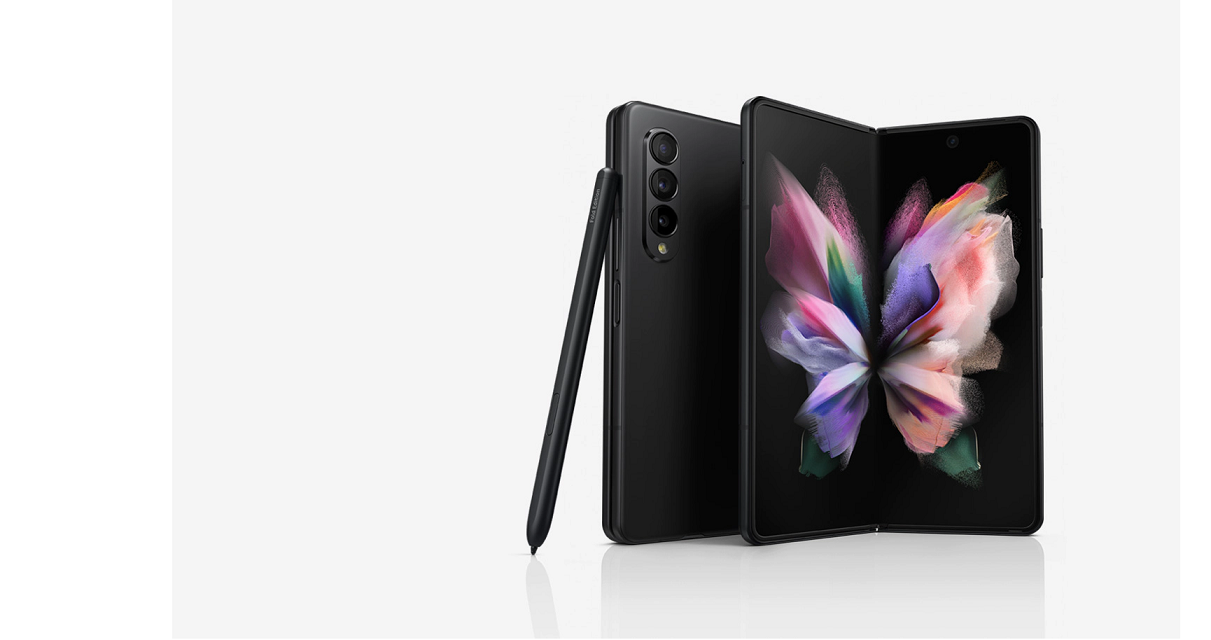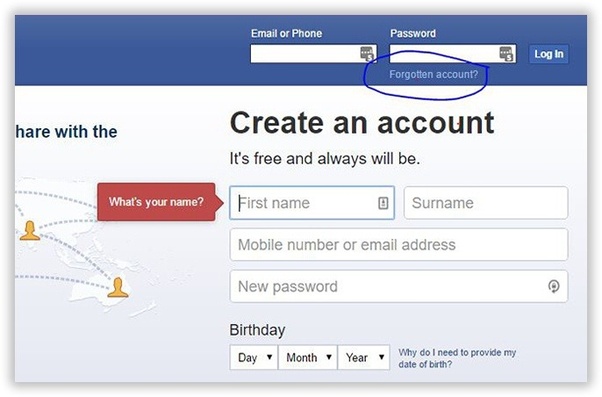If you’re unable to accept an OTA update, or just want a fresh install of Android, then follow these steps to return the Pixel and Pixel XL to stock.
Root has was just released for the Pixel and Pixel XL. This was a systemless version of root, but there are thousands of modifications and apps out there that require root access. If you used one of them (that also was not systemless), then you will no longer be able to accept an OTA update on the Pixel phones.
This will likely be true when a custom recovery is released as well. The Android OS cannot apply an OTA update when the /system partition has been modified.
Some don’t mind this as they don’t really care for OTA updates. Others can get around this by returning to stock and then setting their phone up again. Then there are some who prefer to install a custom ROM so they can manually apply those updates and then apply the root mods after the update has been installed. If you’re wanting to accept an official OTA update though, you’ll need to be on stock Android.
So I wanted to write out and show you how to return to stock for those who are not aware of how this process is done.
Note – Returning to stock will delete all of your personal data (apps, contacts, etc). Be sure to back up any data that is not saved in the cloud. You’ll also need to have unlock the bootloader of the Pixel phone in order to flash the factory images, but you can lock the bootloader of the Pixel phone right after.
Pixel Return to Stock
- Download and install the Minimal ADB & Fastboot tools
- Then download and install Google’s Android USB drivers
- Reboot the computer after the USB drivers have been installed
- Enable Developer Mode on the Pixel
- Enable USB Debugging Mode on the Pixel
- Double click on the Minimal ADB & Fastboot shortcut
- Type the following into the Command Prompt. . .
- adb devices
- . . .then press Enter on the keyboard
- When the ADB service/daemon has been started, connect the Pixel to the PC with a USB cable
- Grant USB Debugging access to the Pixel from PC
- Unplug the USB cable from the Pixel
- Download the factory images from Google (Pixel Here – Pixel XL Here)
- Extract the contents of the factory images ZIP file
- Copy/move those individual files into the same folder as your ADB & Fastboot tools
- Connect the Pixel to the PC with a USB cable again
- Boot the Pixel into Fastboot Mode
- Type the following command into the Command Prompt. . .
- flash-all.bat
- . . .and then press Enter on the keyboard
- Wait for the script to run to completion
- Press any key on the keyboard as instructed by the script
- Press the Power button on the Pixel (assuming the Start option is highlighted)
- Wait for the Pixel or Pixel XL to boot to the Android activation screen
Explanation
If you have unlocked the bootloader on your Pixel or Pixel XL, then you have likely already done the first half of this guide. The first half is simply setting things up like ADB & Fastboot tools, USB Debugging Mode, starting the ADB service and downloading the Pixel or Pixel XL factory images from Google. You’ll want to extract the contents of the factory images ZIP file to your PC, and then dive into that folder to copy/move those contents into the same folder your ADB & Fastboot tools are in.
If it’s not clear what I mean about that last part, be sure to watch through the embedded video above as I show you what my ADB & Fastboot tools folder looks like after I have moved the factory image files into that directory. From here, you can then boot the Pixel or Pixel XL into Fastboot Mode and then reconnect the USB cable from the PC to the phone. Some people have issues booting into Fastboot Mode with the USB cable, so I always advice to disconnect it trying to do so.

When you’re ready, you can then go back to the Command Prompt and execute the flash-all.bat command. This is a script file that is included in the factory images ZIP file you downloaded from Google. When you execute this command, it will write all of the factory images on top of your current Pixel or Pixel XL phone. This is just making the software exactly as it was when the phone was shipped from the factory warehouse.
If you have unlocked the bootloader, then that will continue to stay locked though. For those who are interested, I will show you how to lock the bootloader tomorrow. This is just wiping the changes that have been made to the storage partitions. From here, you should be able to accept an OTA update directly from Google. You could manually initiate this OTA update, or you could let Google handle things in the background since Android 7.0 Nougat introduced seamless updates.





Hello, is there any way to enable debugging without being able to boot into android? ie from fastboot? My phone is a Pixel 1. Thank you.
I have the same question, did you solve this problem?